The Republic of San Marino
Wednesday, 18th July 2012 by Kyle Kusch
Holding the distinction of being both the oldest and the smallest existing republic in the world, the tiny, scenic country of San Marino is over 1,700 years old. Surrounded entirely by Italy, 32,000 residents are packed into 61 sq km (24 sq mi) in the middle of the Apennine Mountains.
When we last visited the "Most Serene Republic of San Marino" (as it is alternatively known) back in March 2011, Google Street View cars were stopped right at the Italian border during some roadway reconstruction at the entrance to Serravalle, the largest of the nine municipalities (castelli) that make up the country.
One click forward now however, and we are transported into the future: the roadway is finished, and we get a view of the country’s financial district to boot. Banking is the major industry of the republic along with tourism, and the country has no national debt as well as one of Europe’s highest standards of living.
As affluent as San Marino is, it’s still largely rural, with most of its land given to agriculture. It’s certainly a lot more humble than other Mediterranean microstates such as Monaco or Vatican City. Take for example the national sports stadium, the Stadio Olimpico de Serravalle, a 5,000-seater that is home to the lowest-ranked national football team in the world (the Sanmarinese team are ranked joint 205th alongside Montserrat and the Turks and Caicos Islands). According to the fence, it does have a bar, which could come in handy for its fans, as the national team have never won a competitive fixture in their quarter-century of existence.1
The capital of San Marino is the eponymous city of San Marino, perched atop of the summit of Monte Titano. The city was founded in the year 301 by Saint Marinus, who fled Roman religious persecution by living as a monastic hermit on top of the mountain. The city and republic grew up around the monastery he founded as more refugees flocked to the mountain. Today, the city is visited by more than three million tourists per year, attracted by the thousand-something shops perched along the narrow twisting streets, the plethora of medieval and early modern stone buildings, and of course the scenic mountain vistas.
At the heart of the capital is the Piazza della Liberta, which lies right in front of the regal city hall, the Palazzo Pubblico. Here, we see that the townspeople are so excited to finally get Street View coverage that they’ve even lined the streets for a formal procession to welcome the Street View car!
Alright, so the procession wasn’t just for the Street View car. Stop nitpicking. It turns out that the Street View car was part of a classic car parade being held that day.2
The city of San Marino has historically been protected by three medieval towers; one on each of the three peaks of Monte Titano. The national symbols of the country, they appear on the Sammarinese flag. While the youngest tower, the 14th century Montale, is closed to the public (and is unfortunately not very visible even by satellite), the other towers are each a major tourist attractions in their own right. The Gualta fortress is the oldest tower; built directly into the mountain, it dates to the 10th century and briefly served as a prison.
The second tower, the Cesta, occupies the highest peak of Monte Titano and was built in the 13th century. Not only is it open to the public, but you can drive right up to the front steps of the castle, which houses a museum.
Because of San Marino’s mountainous nature, there are plenty of sweeping panoramic views to be had, such as this shot taken from the Contrada delle Mura (one of the many narrow streets that cling to the side of Monte Titano), or this amazing view of the Apennines shrouded in mist above a vineyard.
For a country that takes less than 20 minutes to drive though, San Marino has an awful lot packed into it.
-
By contrast, the baseball stadium next door is home to T&A San Marino, reigning champions of the Italian Baseball League. ↩︎
-
Notably, these images were taken in May 2009 but only released in June 2012, which makes you wonder what other countries Google have been hiding from us. Hmmmm... ↩︎
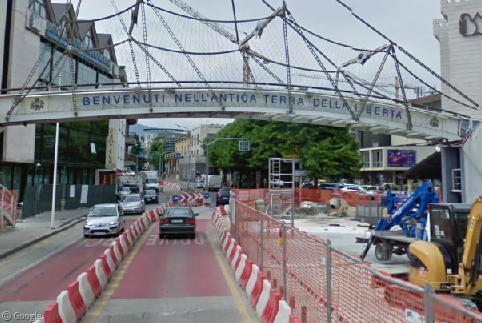
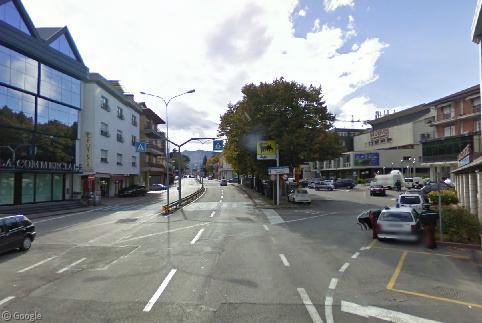
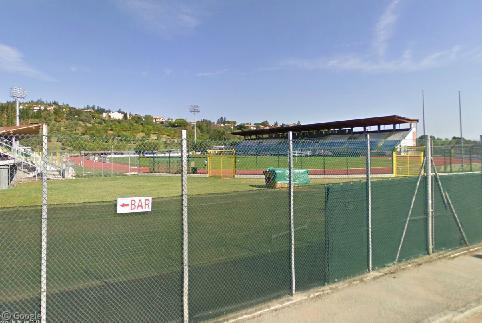
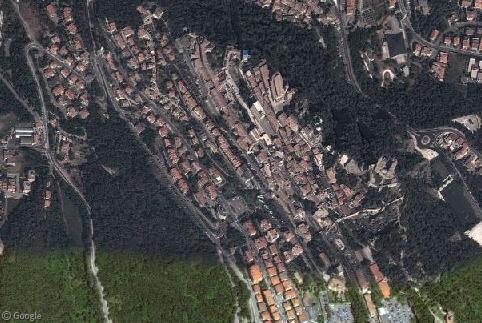
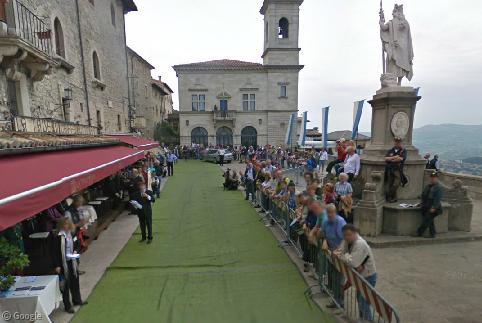
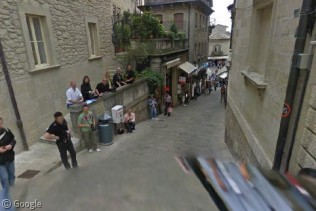
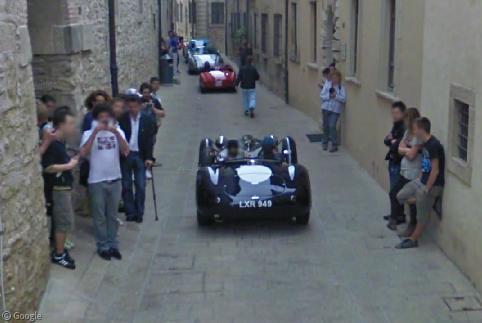
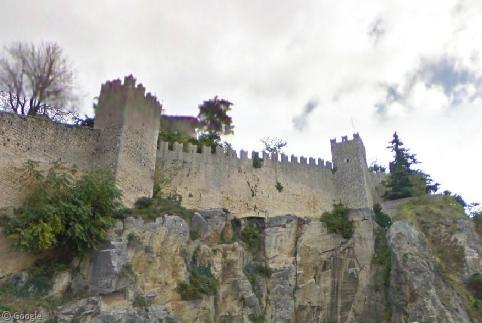
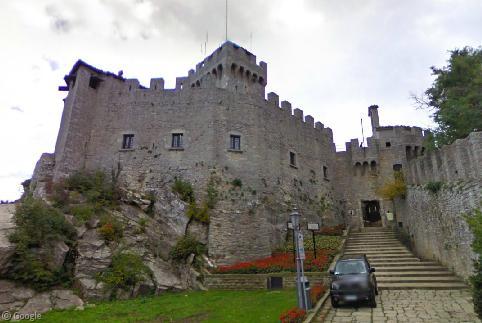
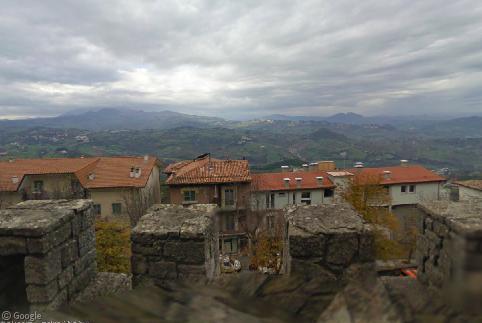
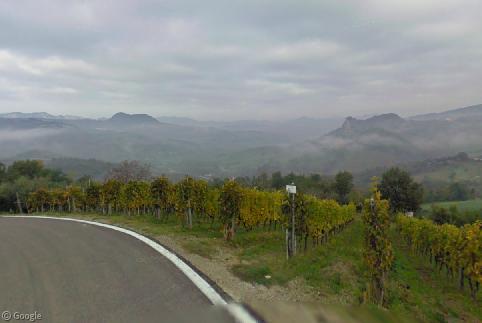
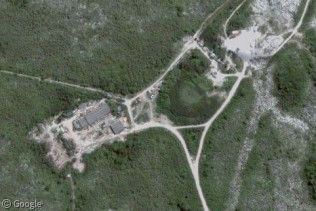

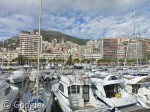
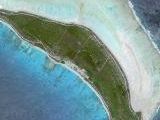
When we visited it was chucking it down and no parking could be had for love or money 🙁
As is to be expected, the parts we drove through (before being frustrated by the lack of parking …) were extremely touristy. But the drive up is quite spectacular
Oldest surviving, I think. Rome most certainly predates it by millennia, and it is arguable certain Greek states have older claims yet.
You do realize it says oldest EXISTING republic? Last time I checked, neither Rome nor any of the Greek city states still exist as republics …
Existing? I’m more interested in its behaviour